Framing gender equality message guide – VicHealth
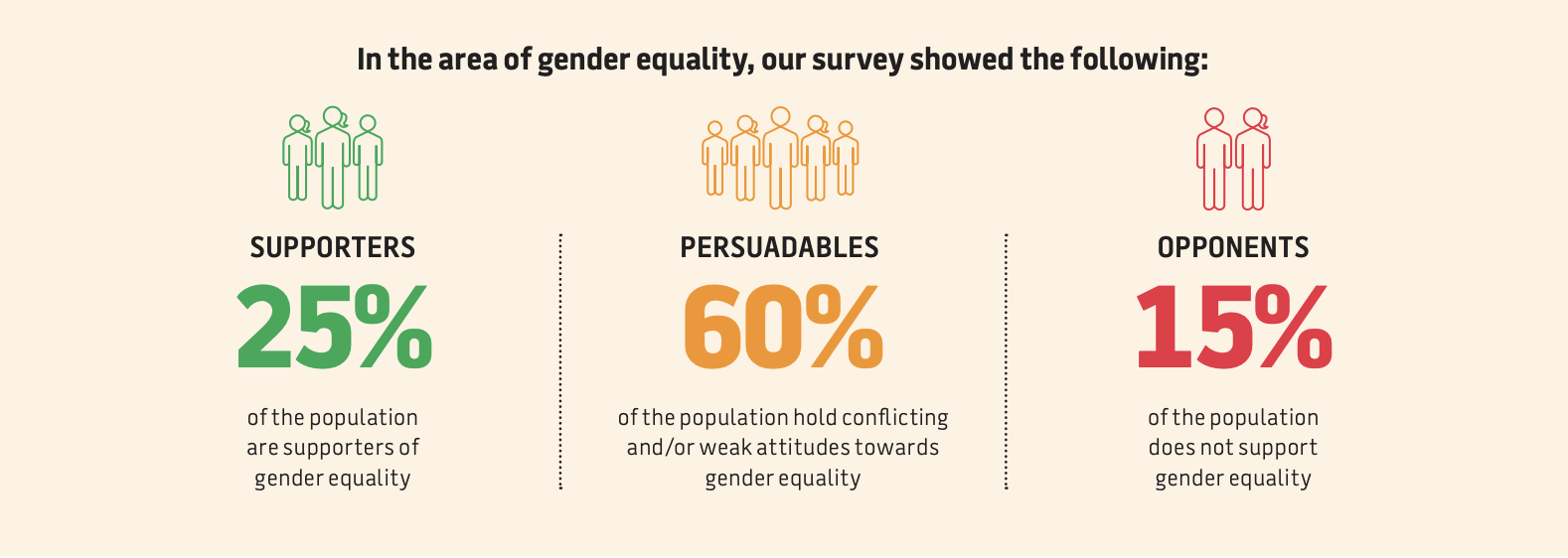



Key facts and statistics about the nature, prevalence and impacts of violence against women in Australia.
This resource is related to Foundations for Change Capability 1.1.
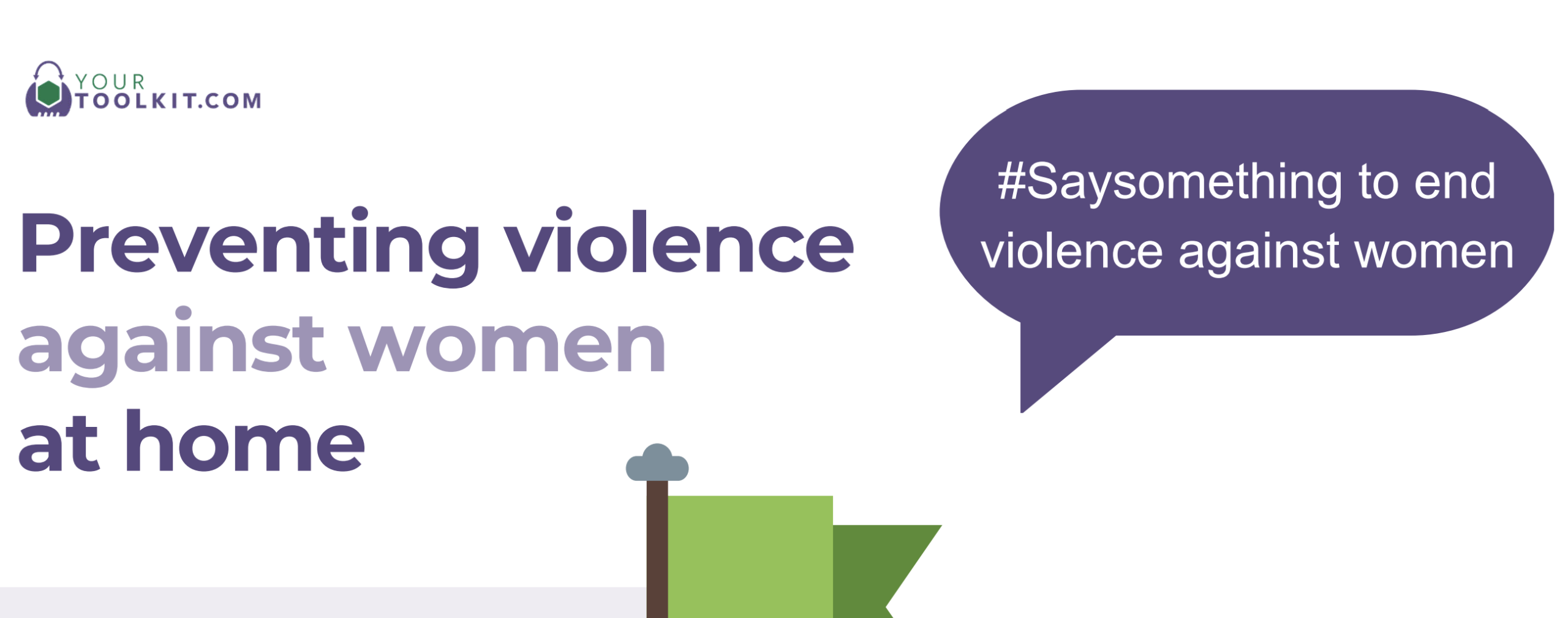
Tips for individuals to recognise healthy relationships at home for themselves or family members and how to challenge unhealthy behaviours and harmful stereotypes and norms.
This resource is related to Foundations for Change Capability 2.1.

Tips for communities on addressing restrictive gender norms, challenging violence against women, and fostering gender equality. There are also some tips for responding to violence as a community.
This resource is related to Foundations for Change Capability 2.1.
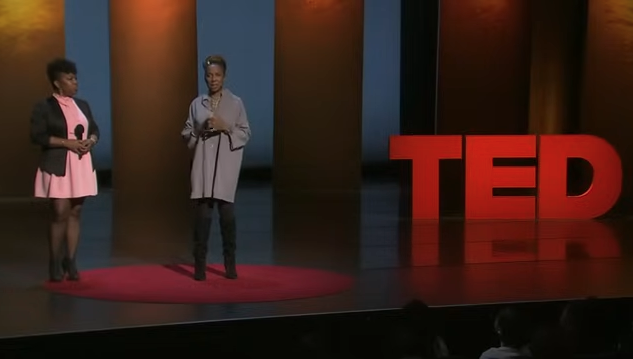
Now more than ever, it’s important to look boldly at the reality of race and gender bias — and understand how the two can combine to create even more harm. Kimberlé Crenshaw uses the term “intersectionality” to describe this phenomenon; as she says, if you’re standing in the path of multiple forms of exclusion, you’re likely to get hit by both. In this moving talk, she calls on us to bear witness to this reality and speak up for victims of prejudice.
This resource is related to Foundations for Change Capabilities 1.1 and 2.3.
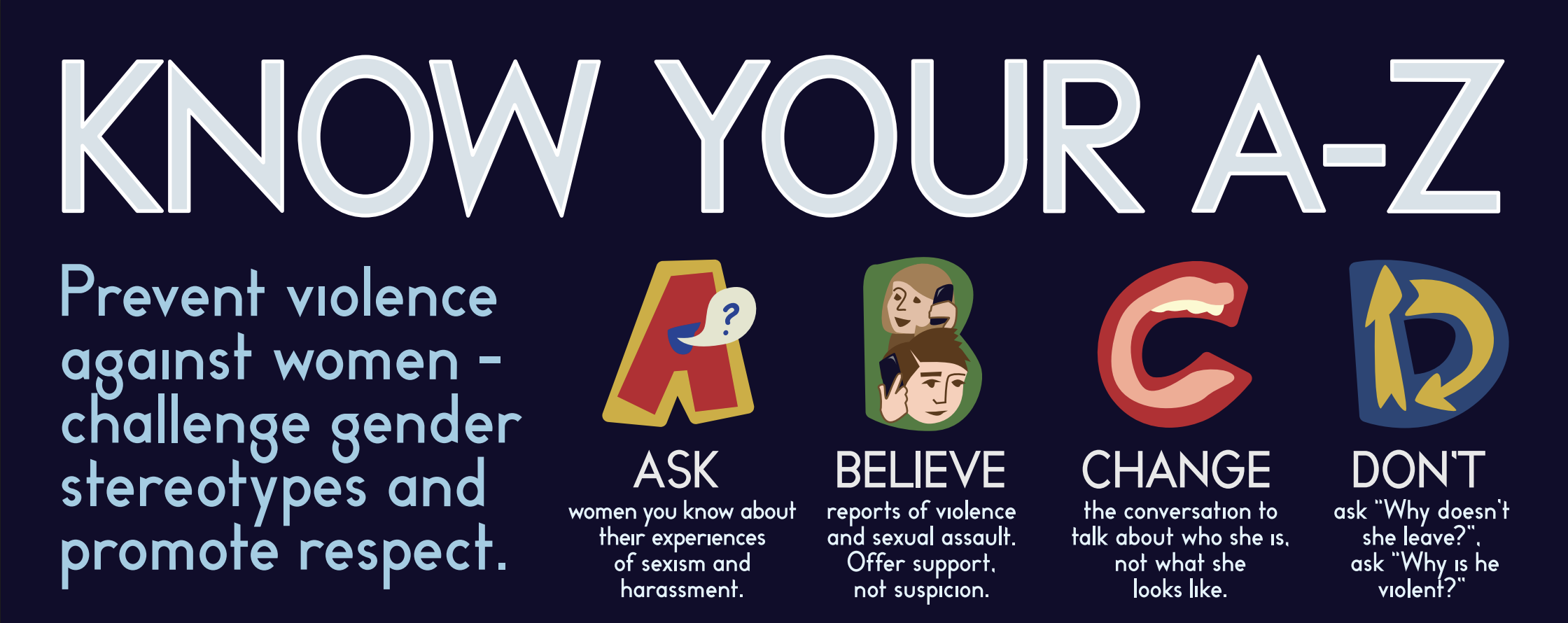
An easy-to-use resource outlining 26 ideas of actions individuals can take to prevent violence against women by challenging harmful gender stereotypes and promoting respect.
This resource is related to Foundations for Change Capabilities 2.1 and 2.5.
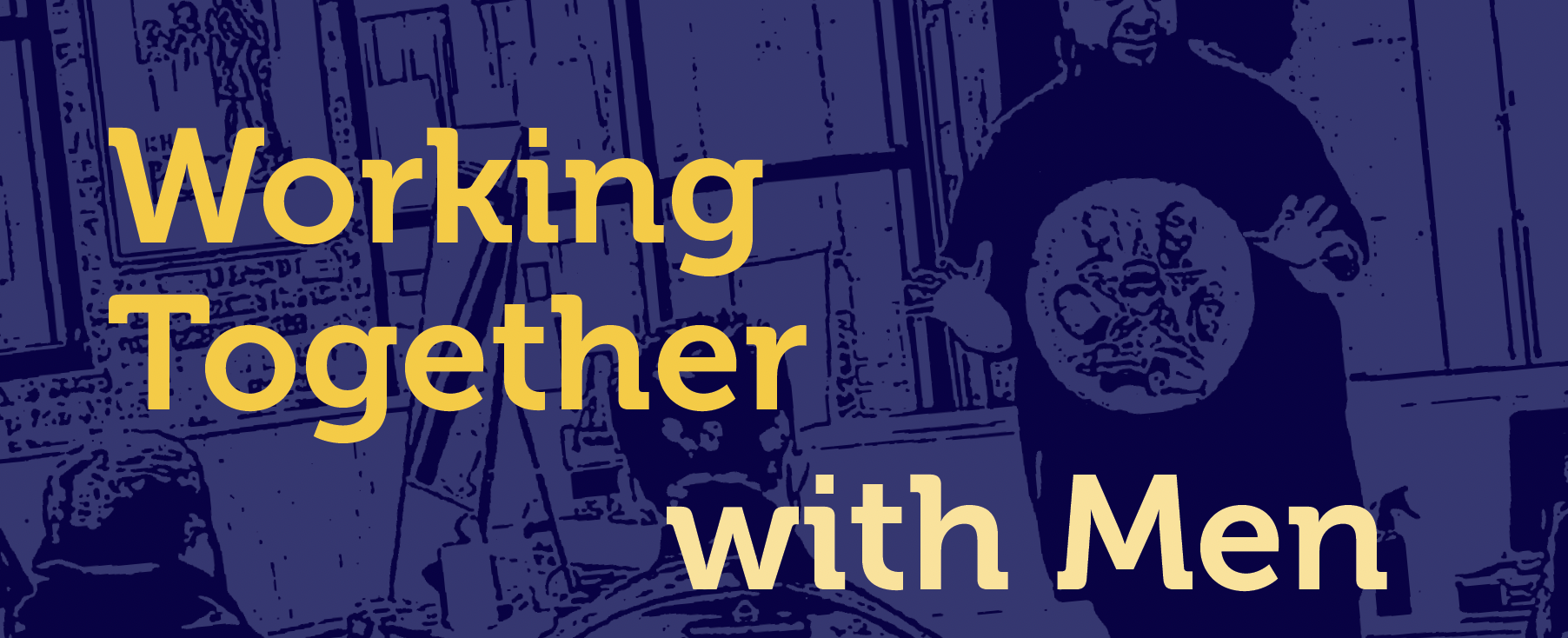
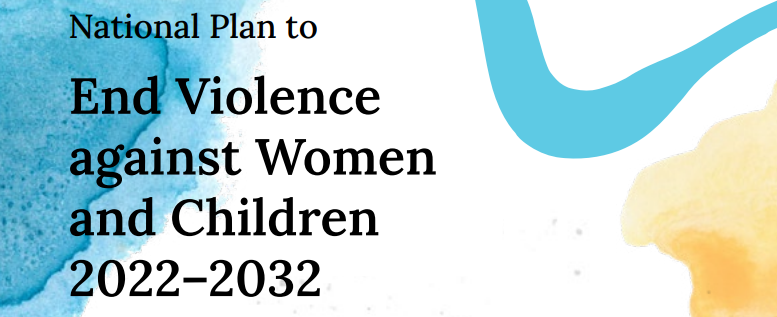
The National Plan is the overarching national policy framework that will guide actions towards ending violence against women and children in one generation.
It highlights how all parts of society need to work together to end gender-based violence in one generation.
The National Plan outlines this vision across 4 domains:
Prevention – stopping it before it starts by changing underlying social drivers of violence, and addressing the attitudes and systems that drive violence against women and children.
Early intervention – identifying and supporting individuals who are at high risk of experiencing or perpetrating violence, and prevent it from reoccurring.
Response – providing services and supports to help victim-survivors experiencing violence. This includes crisis support, police intervention and a trauma-informed justice system that will hold people who use violence to account.
Recovery and healing – helping to reduce the risk of re-traumatisation by supporting victim-survivors as they recover from their trauma. This includes the physical, mental, emotional and economic impacts of violence.
This resource is related to Foundations for Change Capabilities 1.1, 1.4 and 7.1.